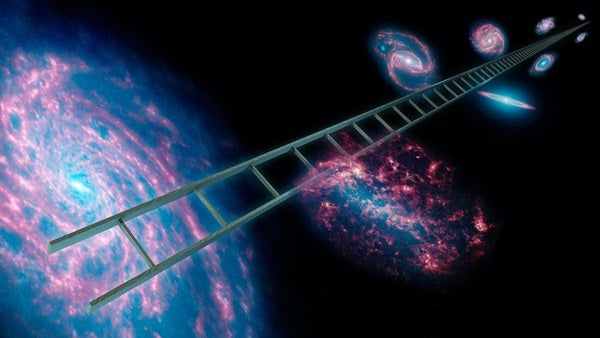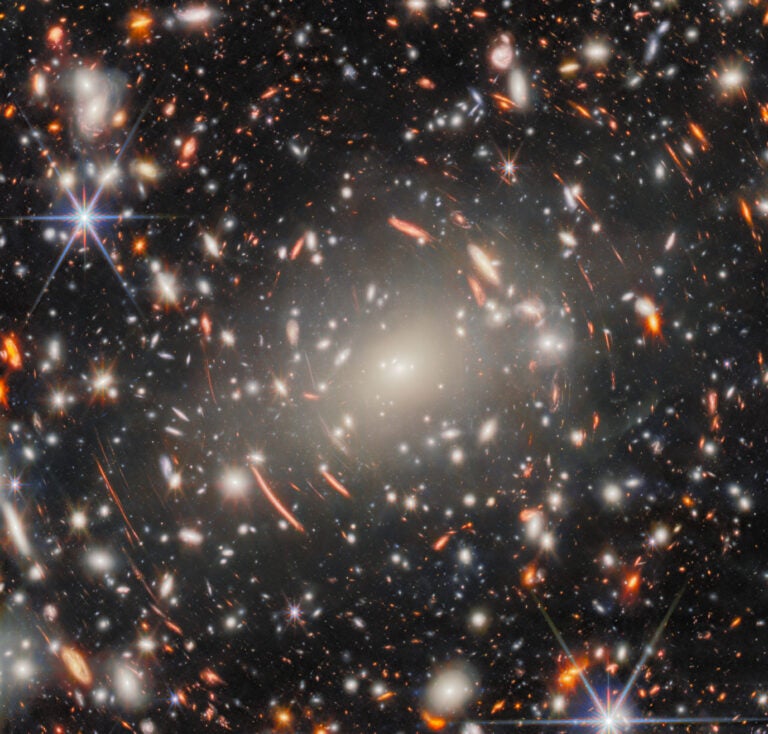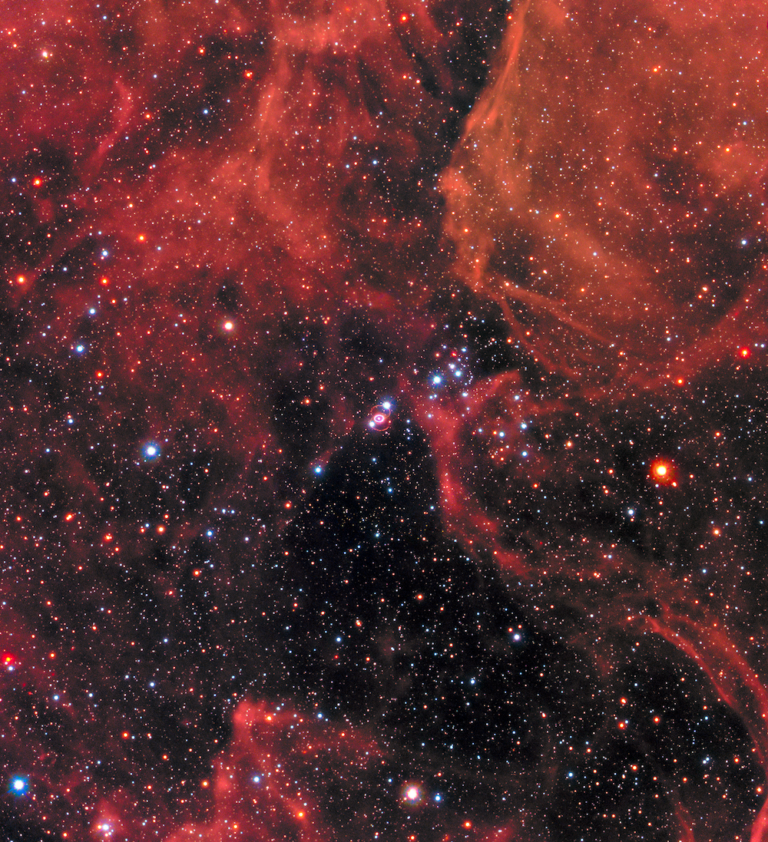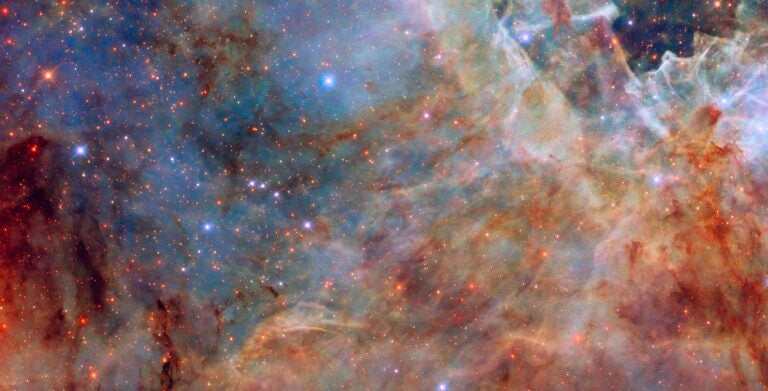
Bringing the universe to your door. We’re excited to announce Astronomy magazine’s new Space and Beyond subscription box – a quarterly adventure, curated with an astronomy-themed collection in every box. Learn More >>.
Stepping up
Parallax gives the distances to nearby stars. It’s the way the Hipparcos and now the Gaia spacecraft map the Milky Way. This method relies on watching nearby stars as they appear to move against the background of more distant stars, which look fixed. By comparing a star’s apparent position today with its apparent position six months ago, astronomers can calculate distance. But that’s the catch — it only works for stars that are close enough that they appear to move against the more distant background. With current technology, parallax can measure distances to stars up to a few tens of thousands of light-years away.
But that doesn’t even cover the entire Milky Way, which is at least 100,000 light-years from end to end. The next rung is made of variable stars called Cepheids and RR Lyraes, which change in brightness over time. Physics dictates that all RR Lyrae stars have the same brightness because they share a specific and well-known age and mass. Cepheid variables, on the other hand, have different brightnesses. But these hot, massive stars flicker at a rate tied to their brightness, regardless of how far away they are. All astronomers have to do is measure how quickly a Cepheid brightens and dims to calculate how bright it should be. And these variable stars aren’t only seen throughout our galaxy. Astronomers can spot them around the Milky Way’s nearby neighborhood, including in the Andromeda Galaxy about 2.5 million light-years away and the Virgo Cluster about 50 million light-years away.
RR Lyrae stars flicker over the course of about 12 hours in this Hubble Space Telescope image of the M3 globular cluster.
Judy Schmidt
But not all stars are variable. Fortunately, there are other ways to use stars as rungs on the distance ladder. Instead of observing single stars, astronomers can, for example, look at all the stars in a globular cluster, which are tightly packed balls of suns that all formed at the same time. These can be seen around the Milky Way, as well as alongside other galaxies near and far. First, astronomers place each star in the cluster on a Hertzsprung-Russell (HR) diagram, which plots a star’s brightness and color (which is related to temperature). By comparing where certain types of stars fall on the diagram to where similar stars at a known distance lie, astronomers can use the difference to measure the distance to the cluster.
Far out
But as galaxies get farther away, telescopes can’t make out their individual stars, just as the letters on an eye chart get fuzzier as they grow smaller. Eventually, stars can’t be used as rungs on the ladder anymore. To measure the farthest galaxies, astronomers have to rely on extremely bright objects capable of shining across vast distances. The most commonly used object is called a Type Ia supernova. These are believed to be the explosion of a white dwarf, the remnant of a Sun-like star, when it surpasses a certain weight limit. Because of the physical properties of white dwarfs, they cannot weigh more than about 1.4 times the mass of our Sun. But white dwarfs in binary star systems can steal matter from their companion, tipping the scales and causing them to explode. Because they always explode at the same point, Type Ia supernovae always have roughly the same brightness — and they’re very bright, visible to distances of about 10 billion light-years or more.
Type Ia supernovae occur when a white drwarf crosses a weight limit, causing it to explode.
NASA/JPL-Caltech
The highest rung on the cosmological distance ladder is redshift. Astronomers measure this value by splitting all the light from a galaxy up by wavelength, called a spectrum. Each element or molecule leaves different fingerprints on that spectrum, which appear at very specific wavelengths. But if a galaxy is moving away from us, its light gets stretched. The wavelengths of those chemical fingerprints change — and the amount they have shifted, or become redder, is called the galaxy’s redshift. The shift is related to the galaxy’s distance by Hubble’s law, which states that the farther away a galaxy sits from Earth, the faster it is receding from us as the universe expands. Measuring redshift has allowed astronomers to spot some of the earliest known galaxies, which shine from more than 13 billion light-years away.










